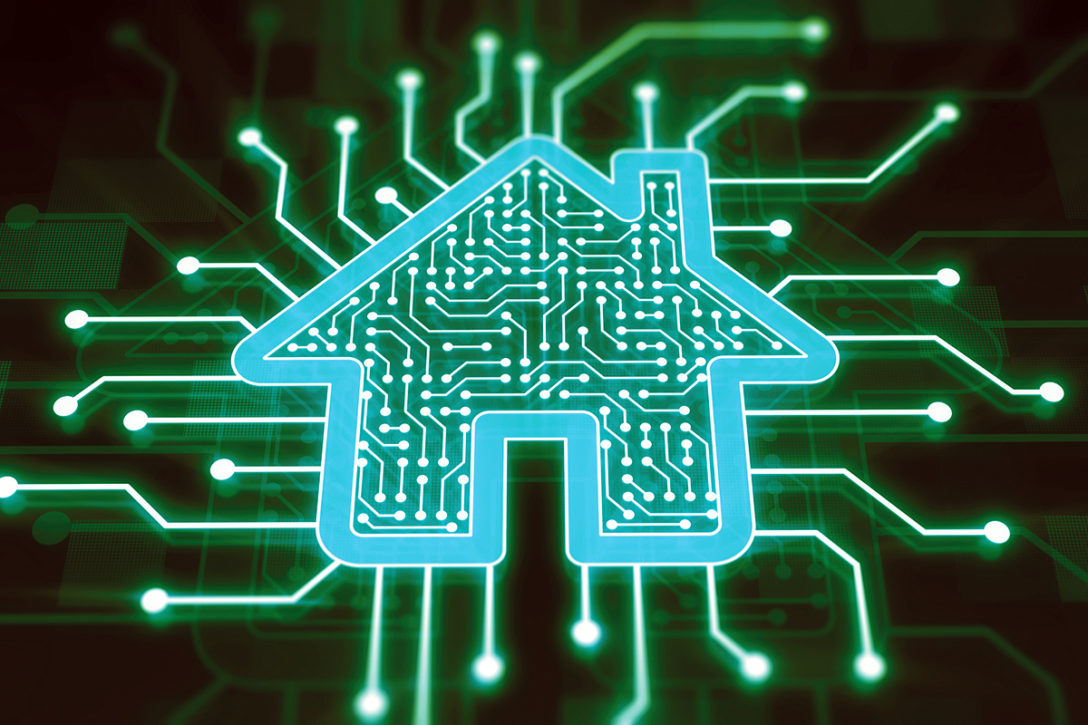
Smart home concept on digital display
Lora Salomidou
A few months ago, I was giving a talk to highly skilled software engineers about some of the real estate software projects I was working on. I started off my presentation by asking the audience if anyone was working in PropTech. The response was dead silence, accompanied by some confused faces. I then rephrased my question: “Who knows what PropTech is?” After a few more moments of silence, I finally heard someone at the back of the room: “is it Proper Tech”? Even after establishing that Prop in PropTech was ‘Property’, I had a bunch of unenthusiastic faces looking at me.
Nowadays, it is a widely spread knowledge that millennials do not just want a job. The latest Global Millennial Survey by Deloitte summarised that: “Millennials and Gen Zs want all of the talk business gives to purpose to become meaningful action, and for business leaders to serve as agents for positive change.”
Undeniably, PropTech offers plenty of ‘purpose’ and ‘impact’ to engage the most creative of minds. Below, I will discuss and highlight some of them.
The Built Environment
What is the ‘Built Environment’? According to Wikipedia: “it is the human-made space in which people live, work, and recreate on a day-to-day basis.” Unpacking this definition will take us closer to what we generally mean by PropTech. More specifically, the built environment could be defined through its macro and micro elements. On the macro side we have land use, urban design, public areas and transportation, and on the micro side we have streets, buildings and neighbourhoods. However, to understand the scale at which innovation is needed within our built environment, I will briefly summarise some of the very popular urban statistics.
– Globally, the property development and construction sector contributes 40% of energy-related total carbon emissions (12.5bn tonnes a year)
– 46% of all the world’s raw materials extracted are used to supply materials for construction and building maintenance
– In the developed world, we spend 85% of our lifetime in buildings (and this is a trend that is likely to continue)
– By 2050, increased life expectancy will result in global population with the same number of people under the age of 5 as over the age of 85 (these people will need housing, special housing for those over the age of 85)
– By 2050, we are expecting the urban population to double, globally
– Our buildings are not designed to encourage residents’ behaviours to be socially and environmentally friendly. Instead, our buildings largely promote metropolitan loneliness that is now being addressed on the government level in some countries
– We will inherit much of the problem as 70% of the buildings that will be used in 2050 have been built already (and these buildings are not designed to cope with future climate and human needs)
– Finally, the real estate sector has been one of the slowest to respond to climate change and acknowledge responsibility for their developments.
These are impactful enough to set off the alarm and encourage us to turn the above challenges into opportunities for humanity to do better as that is what we ultimately strive for.
Key opportunities
Future Cities Catapult produced a great playbook titled “Neuroscience for Cities” where they present their research on how neuroscience can be put into practice in cities. Their perspective helps to understand the opportunities within the breadth and diversity of the built environment that can be broken down into pillars, which expose the dependencies they have on each other. Below are the three of the more obvious pillars: Real Estate, Construction and Urban Planning, and the opportunities within them.
Lora Salomidou is Digital Product Manager and Host of The Women of Blockchain Podcast
